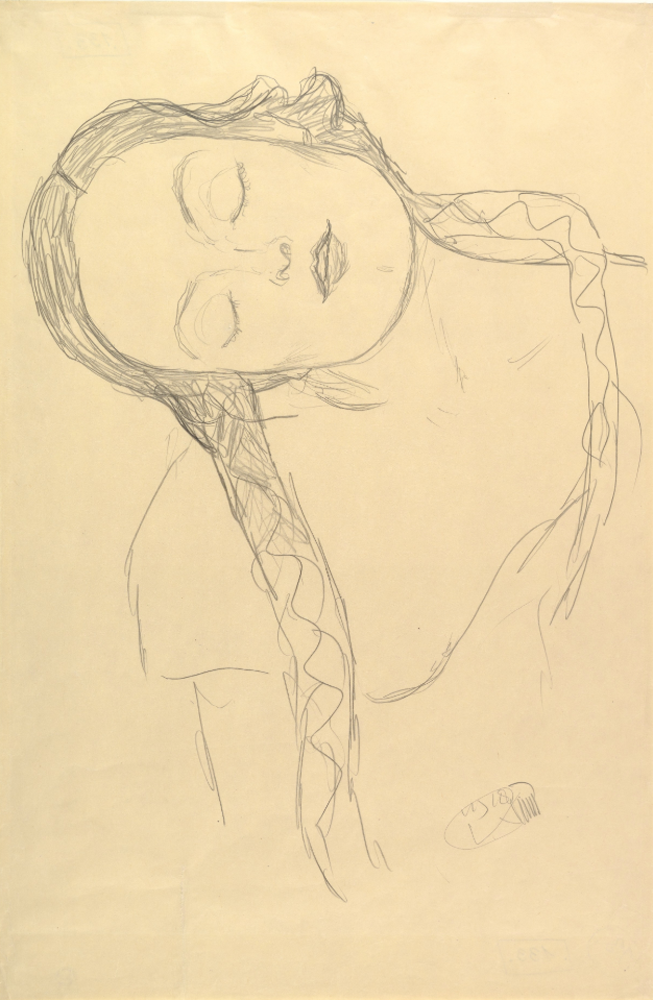Teach This Poem is a weekly series featuring a poem from our online poetry collection, accompanied by interdisciplinary resources and activities designed to help K-12 teachers quickly and easily bring poetry into the classroom.
by Gustav Klimt

Half-figure of a Young Woman by Gustav Klimt (Austrian, 1862–1918). Date: 1918. Medium: Graphite. Dimensions: 22 3/8 in x 14 11/16 in. Credit Line: Gift of Sir John Pope-Hennessy, 1982. metmuseum.org.
The following activities and questions are designed to help your students use their noticing skills to move through the poem and develop their thinking about its meaning with confidence, using what they’ve noticed as evidence for their interpretations. Read more about the framework upon which these activities are based.
-
Warm-up (whip around): Close your eyes and imagine you are asleep on a tropical island with no one else around. What does this look like? Share one appropriate image you have imagined with the rest of the class. If you can’t think of anything, pass, and your teacher will come back to you.
-
Before Reading the Poem (small-group discussion): Look carefully at the drawing of a young woman by Gustav Klimt. What do you notice? Be specific about color, line, and tone. Be sure to back up any interpretation with evidence from the drawing. How do you think the woman might be feeling? Why? Share what you have noticed and interpreted with your small group.
-
Reading the Poem: Read the poem “A Woman Sleeps on an Island” silently. If you speak both Spanish and English, please read the poem in both languages. Write down the words and phrases that jump out at you (in both languages, if possible). If you read and speak both languages, please write down any similarities and differences you notice between the Spanish and English versions of the poem.
-
Listening to the Poem: Listen twice to the audio recording of the poet reading her poem aloud. Write down any additional words or phrases that jump out at you. What are the similarities and differences between the way the poem sounds in both languages?
-
Small-group Discussion: Share what you have noticed with the members of your group. What details in the poem seem like they might have really happened? What might have been imagined?
-
Whole-class Discussion: How might the first three lines of the first stanza relate to the first three lines of the second stanza? Which set of lines seems more based in reality to you? More imaginary? What do you think it might mean to be “free now of the land”?
-
Extension for Grades 7-8: Write a poem or story about falling asleep on a tropical island. Share your poem or story with members of class. Publish these as a class book.
-
Extension for Grades 9-10: Look carefully at the image of the painting Women, Birds and a Star by Joan Miró. Drawing on what you have noticed in the painting and the poem, write an essay that either agrees or disagrees with the following statement: Joan Miró used his imagination to depict people, animals, and objects in unusual visual ways; it could be said that Marjorie Agosín does the same thing with words in her poem “A Woman Sleeps on an Island.”
More Context for Teachers: In her essay “The Art of Finding,” the poet Linda Gregg wrote, “To write just because the poet wants to write is natural, but to learn to see is a blessing. The art of finding in poetry is the art of marrying the sacred to the world, the invisible to the human.” Read more.
